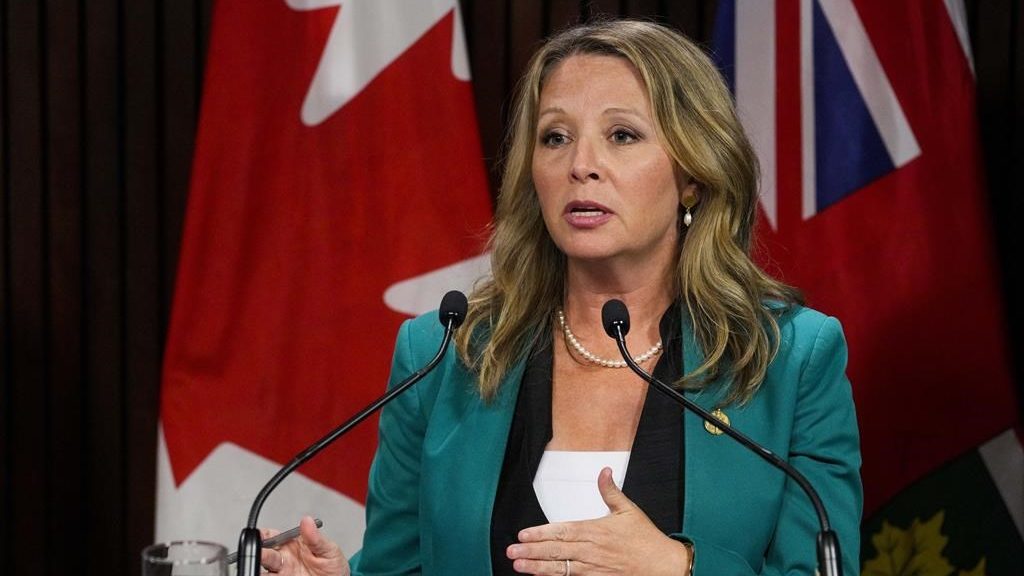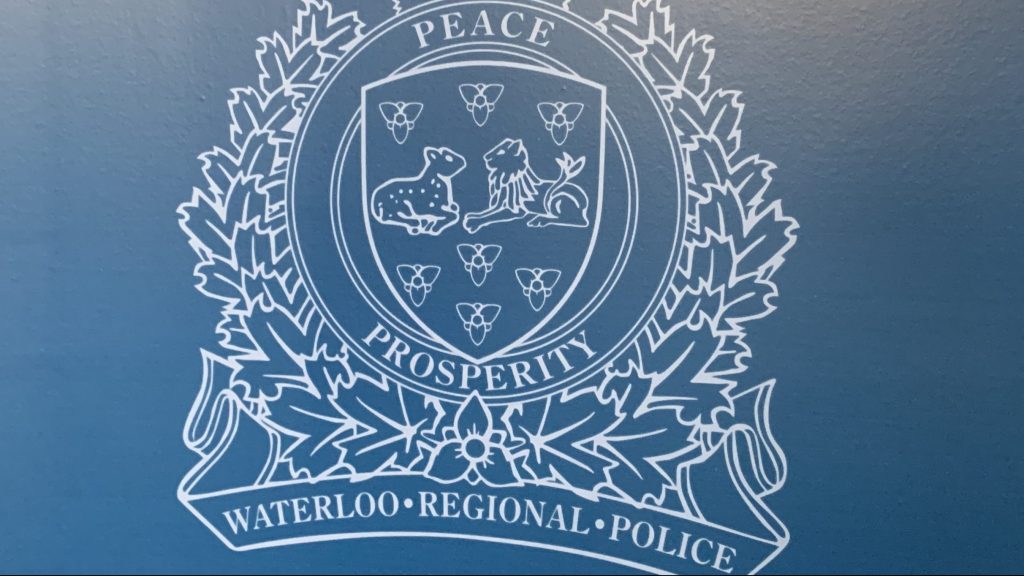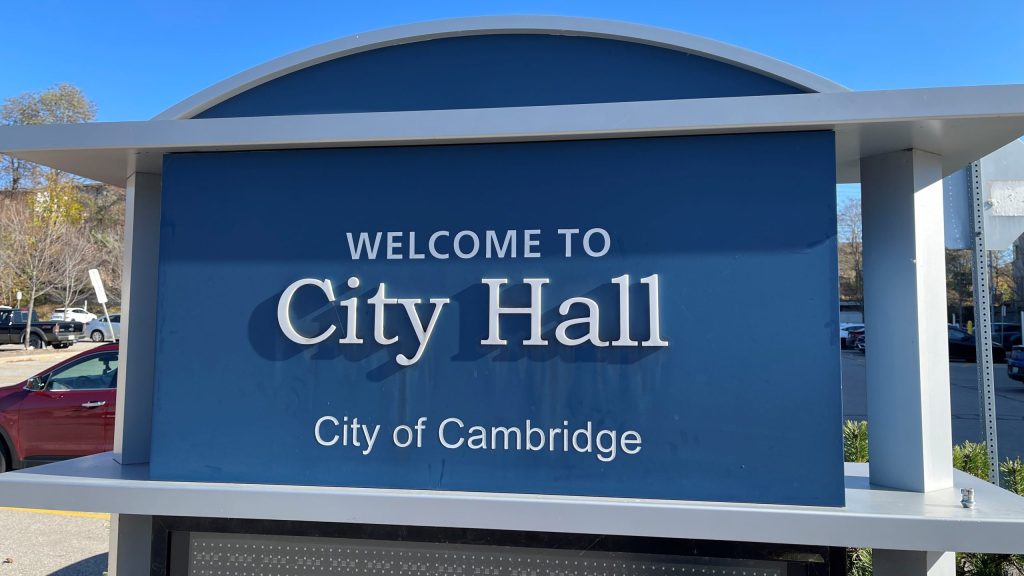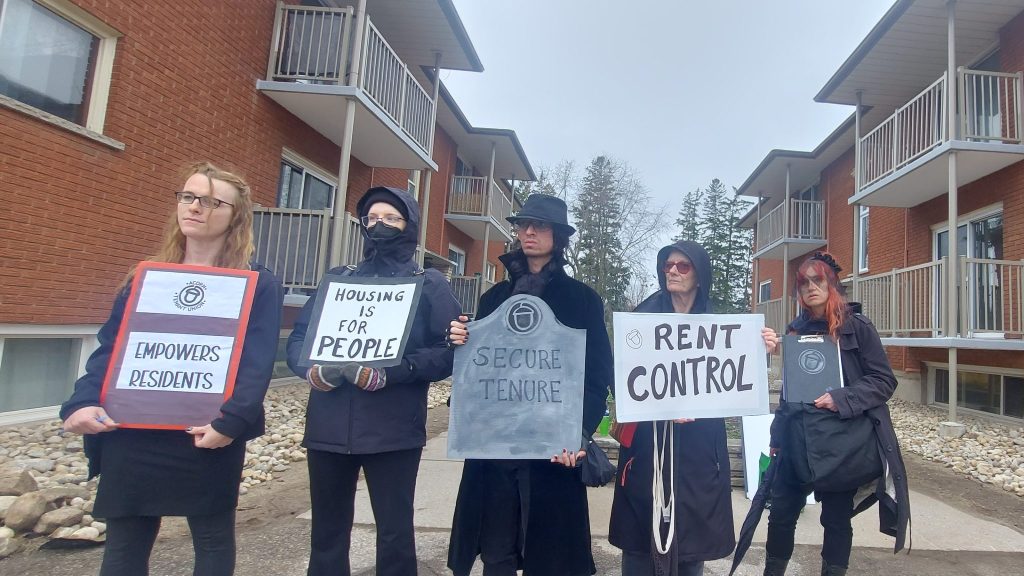High-occupancy toll lanes could replace HOV lanes
Posted Jul 22, 2015 02:36:51 PM.
This article is more than 5 years old.
The temporary high-occupancy (HOV) vehicle lanes set up in the Greater Toronto and Hamilton area for the Pan Am and Parapan Am Games – the source of driver ire for weeks now – will be gone soon, but they could be replaced with high-occupancy toll (HOT) lanes.
At a news conference on Wednesday morning, Premier Kathleen Wynne said toll lanes will eventually be a reality and it shouldn’t come as a surprise to anyone.
“We have made it a commitment in two budgets that we would implement high-occupancy toll lanes; we said that quite clearly,” Wynne said.
The premier said when and where the toll lanes will be placed has yet to be decided, but that her government wants to apply the lessons learned from the HOV lanes to create them.
“Whether the configurations that are in place for the Pan Am HOV lanes are exactly what will transpire for the HOT lanes – that’s not our plan at this moment,” Wynne said.
She also said money generated from the tolls would help fund the Liberals $130-billion, 10-year transit and infrastructure plan.
The HOV lanes were added to highways 401, 404, and 427, as well as the Don Valley Parkway, Gardiner Expressway, Queen Elizabeth Way, Lake Shore Boulevard, and portions of Jane Street, north of Steeles Avenue.
During the Pan Am Games, the 235 kilometres of HOV lanes – which run from 5 a.m. to 11 p.m. until July 27 – are open to vehicles with three or more people, public transit, taxis, emergency vehicles, and accredited games vehicles.
For the Parapan Am Games, the HOV lanes will run from July 28 to Aug. 18 between 5 a.m. and 11 p.m., and will be open to vehicles travelling with two or more people.
Toronto Mayor John Tory said the HOV lanes under the city’s jurisdiction – Gardiner and DVP – will be removed after the Games end in August, but that the city needs to decide whether to toll them.
“The lesson for us all now is to take lessons from what has happened in this experience and learn from that, and then the province will make its decisions,” Tory said.
Tory said he and city officials will wait to decide until after the province decides what to do with the lanes.
The Canadian Taxpayers Federation is calling on Wynne to stop the plan to turn the lanes into toll roads.
“Premier Wynne’s idea of making these lanes a permanent fixture, and charging a toll on top, is nothing more than a money grab,” said CTF Ontario Director Christine Van Geyn.
“The Premier’s proposal to make these HOV lanes a permanent toll is a new way of squeezing even more money out of the people of Ontario. Ontarians simply cannot afford to pay even more. Wynne needs to cut spending and get her hands out of drivers pockets.”
Last week, a new study found road tolls and higher taxes would help to ease traffic congestion on the roadways. According to the report, “A Case for Increasing Provincial Fuel Taxes (on a Temporary Basis),” Harry Kitchen, professor emeritus of economics at Trent University, said toll roads should be implemented in major cities and heavily-populated regions.
Wynne and Tory discussed several other items at the news conference, including teacher negotiations and the prospect of holding the 2024 Olympic Summer Games in Toronto.










